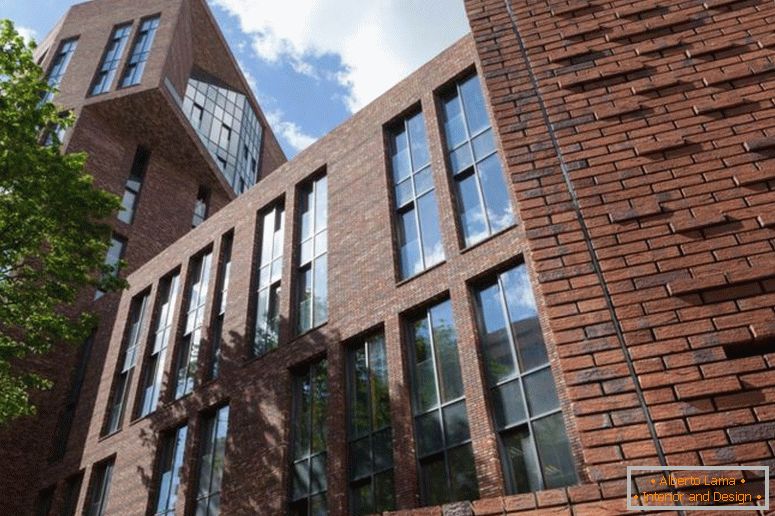When it comes to interior design, house plants tend not to pay much attention. And the more you have an unpleasant experience with plants (that is, the more often the plants in your house died for one reason or another), the more likely that you will want to take them away from the eyes or forget about them altogether. Nevertheless, everyone knows that home plants are pleasing to the eye, help to relax and even work more productively.
The use of plants in modern design is an even more difficult task, because modern design requires clean lines and simplicity. Nature, on the other hand, is chaotic and uncontrollable. However, this does not mean that it is worth completely abandoning the use of vegetation in the design of a home interior. There are ways to combine home plants with modern design, making them a creative complement to the interior, as necessary as other decor elements.

The power of plant design
Plants can become as expressive a means as works of art, so modern designers try to integrate home plants and the containers in which they are contained, in their plans. Modern design solutions are harmoniously combined with solutions for lighting, decoration and care of plants. In addition to the obvious aspects of living space design, it is important to know which plants will live in this space, and how they will fit the lifestyle of the owner of the house. No one will like to watch how living vegetation dies!

Green design
In order to begin the process of integrating plants into modern interior design, designers create multifunctional niches and special areas in which properly selected plants and dishes in which they grow can be skillfully displayed for public viewing.
Long, straight lines of windows are animated, turning into a kind of bridge between the outer space and the interior, with the help of a large textured decorative tub and magnificent alocasia.
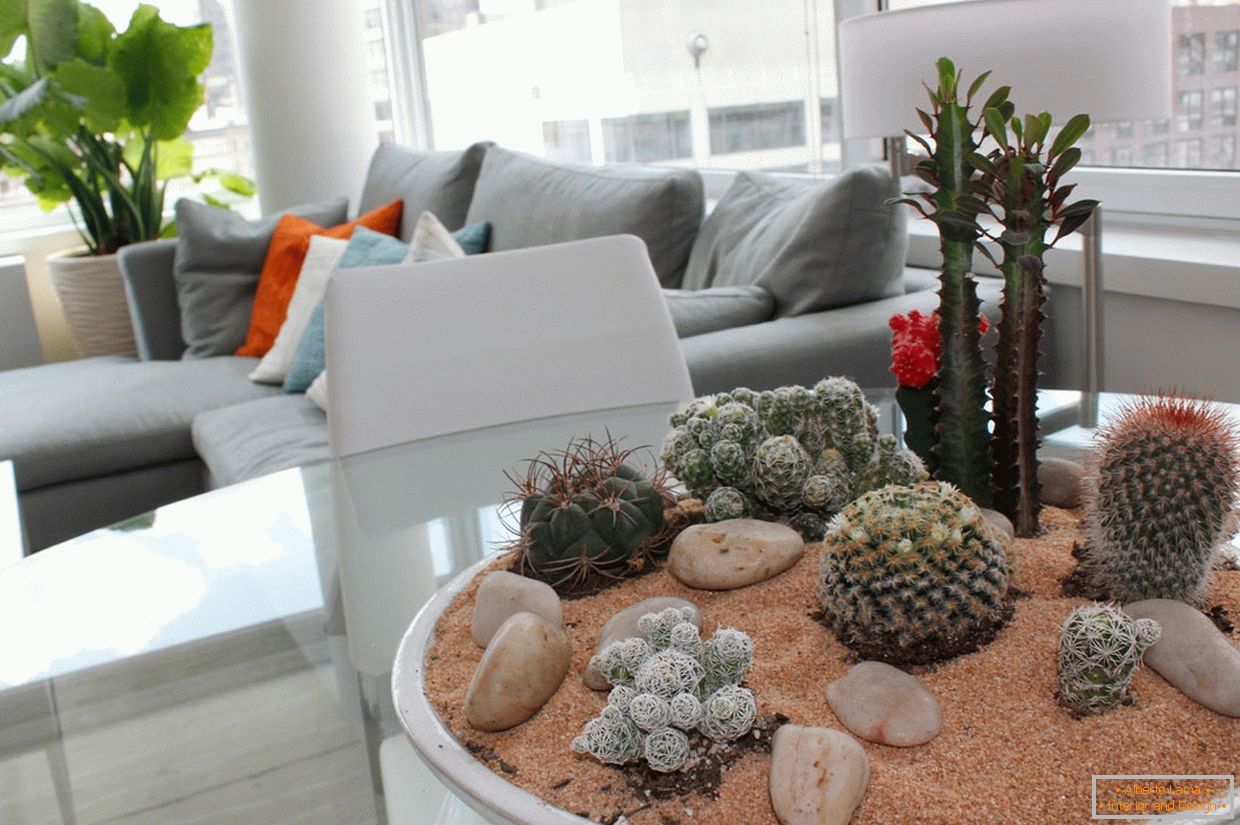
Due to their geometric shapes, cacti naturally fit into the modern living space. Like a small world inside a large, here cacti were used to create a mini-landscape, a small natural environment in a single ceramic base, which is a unique and very useful element of apartment design. Sand and stones serve as tools for imitating the soil - and at the same time as the basis for cacti in their various forms. The almost invisible glass of the dinner table reflects the sky and clouds, increasing the impression of a connection with the outer space and nature.
Modern white lockers, drawers, a round revolving chair and an overhanging floor lamp transformed the empty space, creating an additional seat for sitting, which can become a cozy reading corner for a person spending time alone at home with themselves. Clean lines and a neutral color scheme allow in a special way to highlight accents like pillows, vases and plants. The juicy greens of the diffenbachia revive this sterile-white interior.
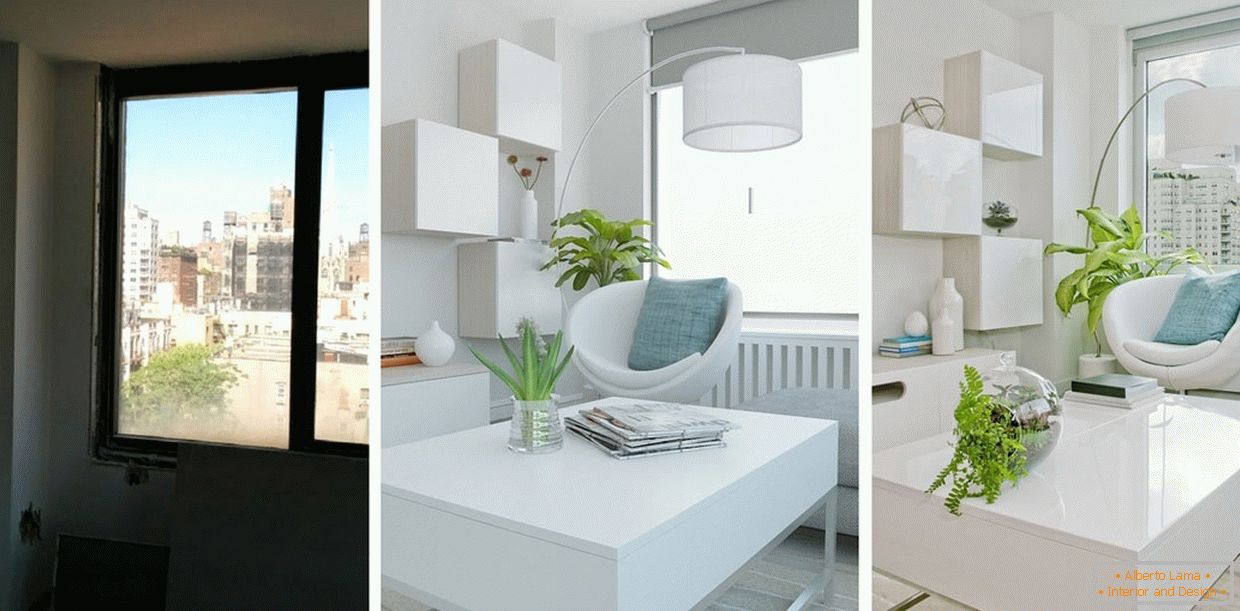
There is a special kind of diffenbachia with bright, lime-green leaves, which seemed to be splashed with dark green paint. The plant gives the white furniture a special texture in the style of modern art, and at the same time creates an elegant bright background.
Some plants, in order not to seem too intrusive, were chosen due to the simplicity of the forms - for example, gray-blue and pink succulents in transparent glass vessels.
The glass terrarium on the coffee table can easily be moved to any other place in the room at certain times of the year. You can even hang it on the wall. Plants in the terrarium should be kept away from direct sunlight. Glass is an excellent design solution when it comes to plants, it lets in sunlight, and the dishes from it are not as heavy as containers made from other materials, which is important in a small apartment.

Supplementing plants with decor elements
Using valuable indirect sunlight in the bedroom, a small violin ficus in a square white pot is placed in an empty corner, which helps to give the interior an impression of completeness. Often used much larger varieties of violin ficus, but in this interior designers used a compact plant with woven stems that does not obscure the view from the window and does not block the light - more than the appropriate size for a bedroom in a city apartment. Large rounded leaves of the plant contrast with the strict straight lines of pillows and wall panels - and at the same time, all elements of the decor are linked together by a natural range of shades of blue, green and gray.
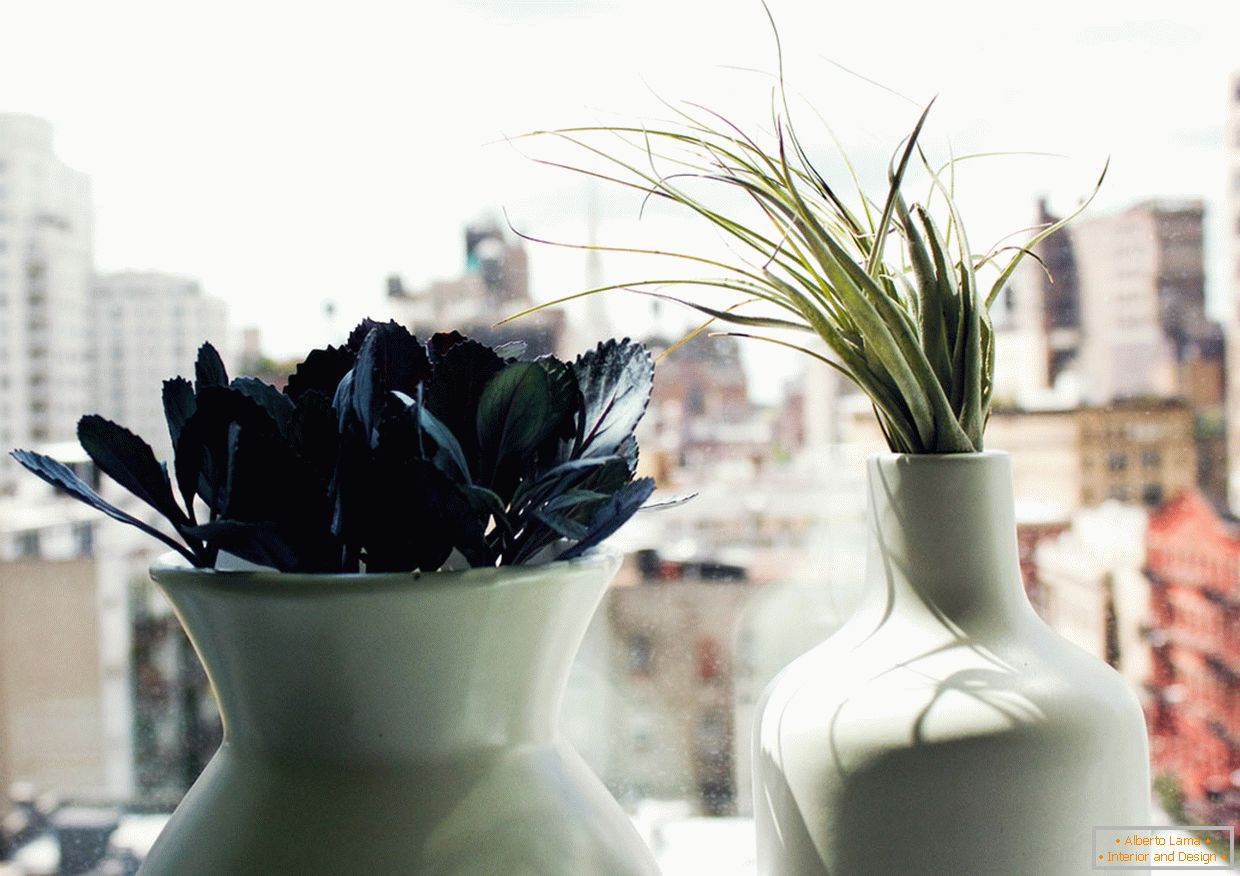
Small details can make the home atmosphere warmer - just like the two vases with natural and simple lines located on the bedroom window sill. Here, decorative black cabbage and thillandsia were used. Not too common a combination - grayish-black leaves of one plant and grassy leaves of another enliven the panorama of the city outside the window.
Another small ecosystem of succulents and cacti was created as a special accent, located next to the composite mirror, reflecting each element of vegetable decoration. Mirror creates the illusion of the presence of many fine accents without having to occupy the extra space of the room! This long oak buffet, painted in white, seems less bulky due to the addition of finishing elements such as glass jar and vase - to soften the sharp corners and give the volume of the furniture surface.
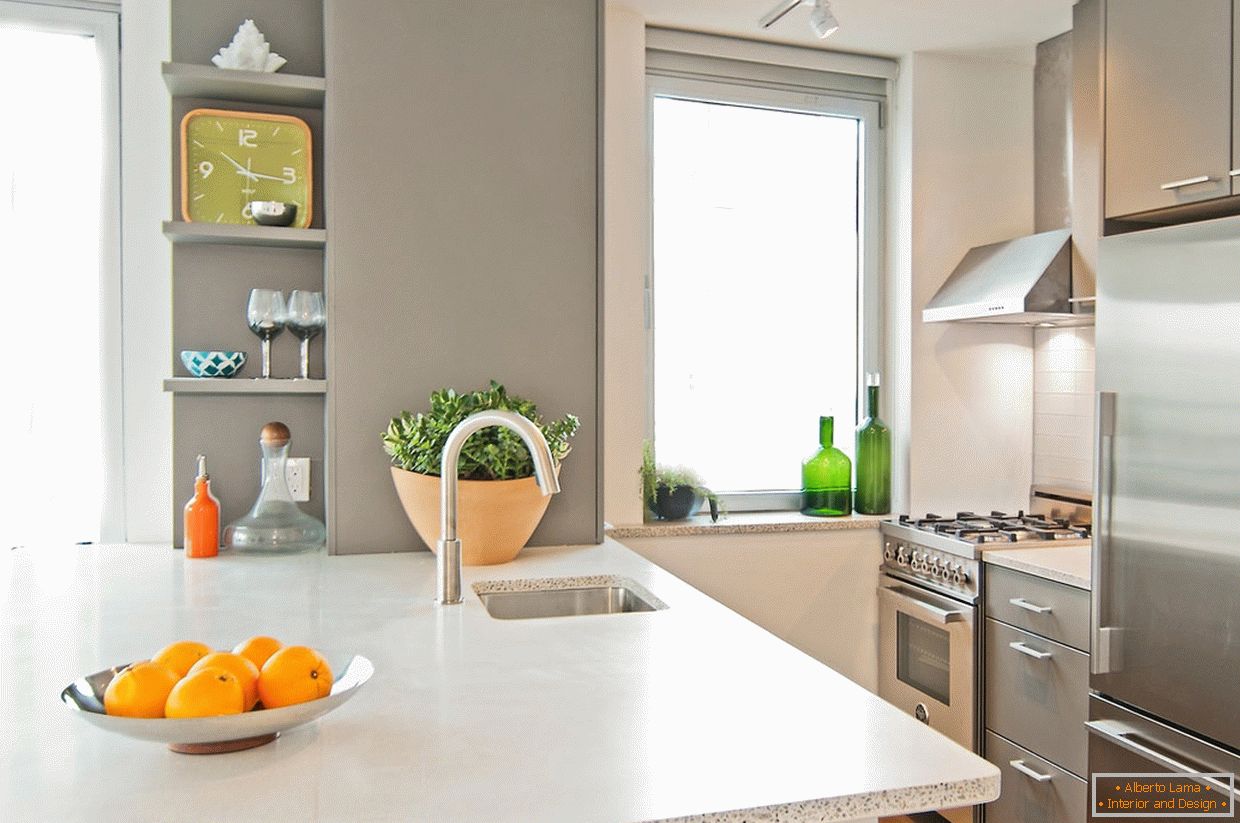
One of the biggest difficulties (and also one of the most important tasks) is the creation of a functional, beautiful kitchen, stylistically connected with the rest of the living space. There is nothing more pleasant and convenient for the home cook than the opportunity to take spicy herbs directly from your own small garden. This is all the more useful if you live in the city. A kitchen sill may well accommodate a small container for living plants, in which you can plant such edible herbs as lavender, basil, thyme and oregano. Such a container should be small enough so that it can be moved closer to the working surface during cooking or without hindrance to open the window when it stands on the windowsill.
Ceramic vase with a koleus on the table top allows the kitchen to look less angular and emphasizes a rich shade of accent wall and kitchen cabinets.

Use of textured plants
Alocasia, also known as the elephant ear, located in a large ribbed white pot of natural material, serves as a relaxing contrast to the industrial landscape, while at the same time harmoniously blending with the overall color scheme of the interior. The room presented in the photo is located so that indirect sunlight penetrates the windows for most of the day, which is very useful for plants. Indirect lighting in a special way distinguishes fan-like leaves of alocacia.
The Planterworx metal tub for plants is located on a small table in the hallway, playing the role of an element that invites you to enter the open space of the apartment. With its straight lines and cascading plants, such a tub is ideal for planting a wheel and sanseveres - plants that are extremely simple in content. Sansewater lines attract attention and distract attention from the strict metallic forms of the tub, and the gray background emphasizes the variegation of the leaves. Coleus, however, softens the impression as a whole and is another textural element.
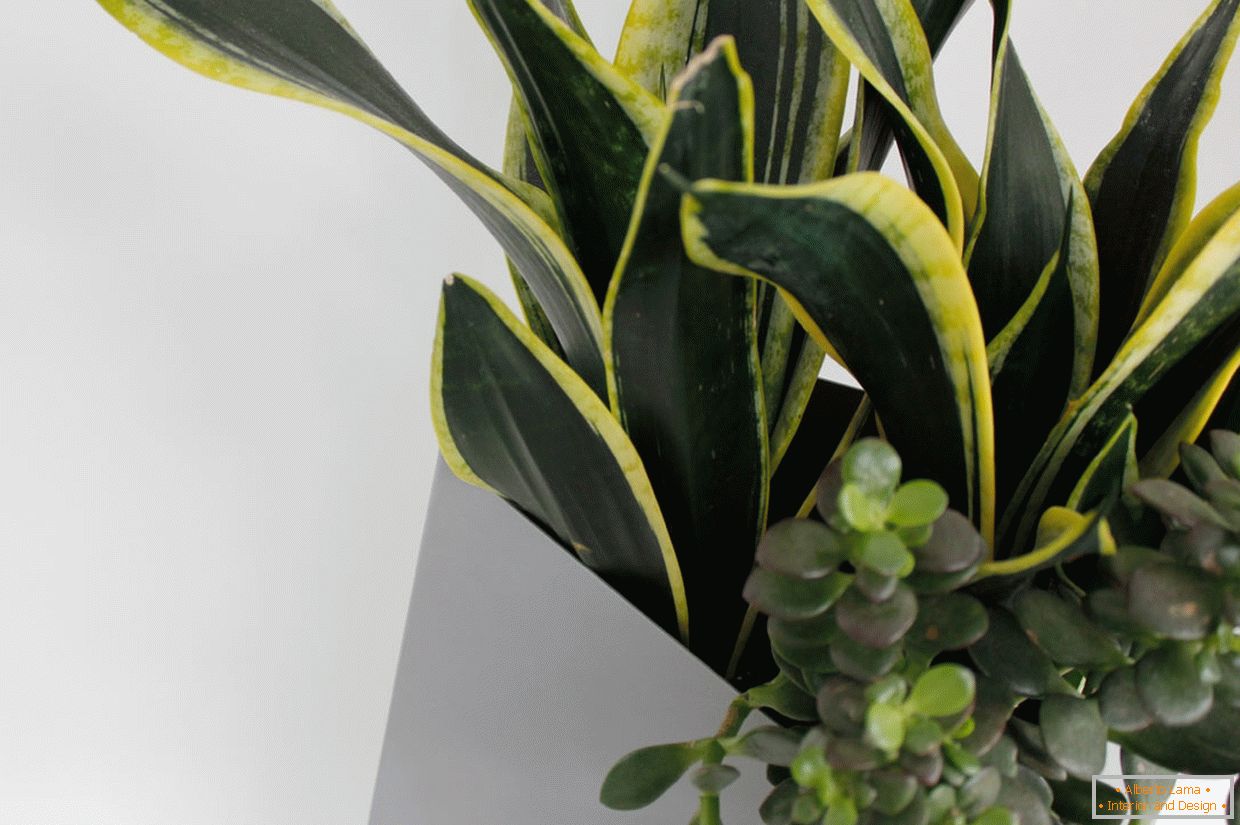
Guide to the care of plants

Koleus
Lighting: plants of this variety prefer moderate lighting or slightly brighter indirect lighting.
Watering: this plant needs very little water, which makes it an excellent neighbor for sanseviera. Before re-watering the plant, make sure that the soil has almost completely dried since the last watering.
Koleus можно подрезать, чтобы сохранять его в аккуратной, компактной форме. Также, не забывайте удалять засохшие или засыхающие листья и/или стебли.
Fern and hypoestheses (in the terrarium)
Lighting: a shadow or places with bright indirect sunlight - best for the location of these plants in the house.
Watering: these plants like a slightly moist soil with organic components. Fern loves regular water spraying.
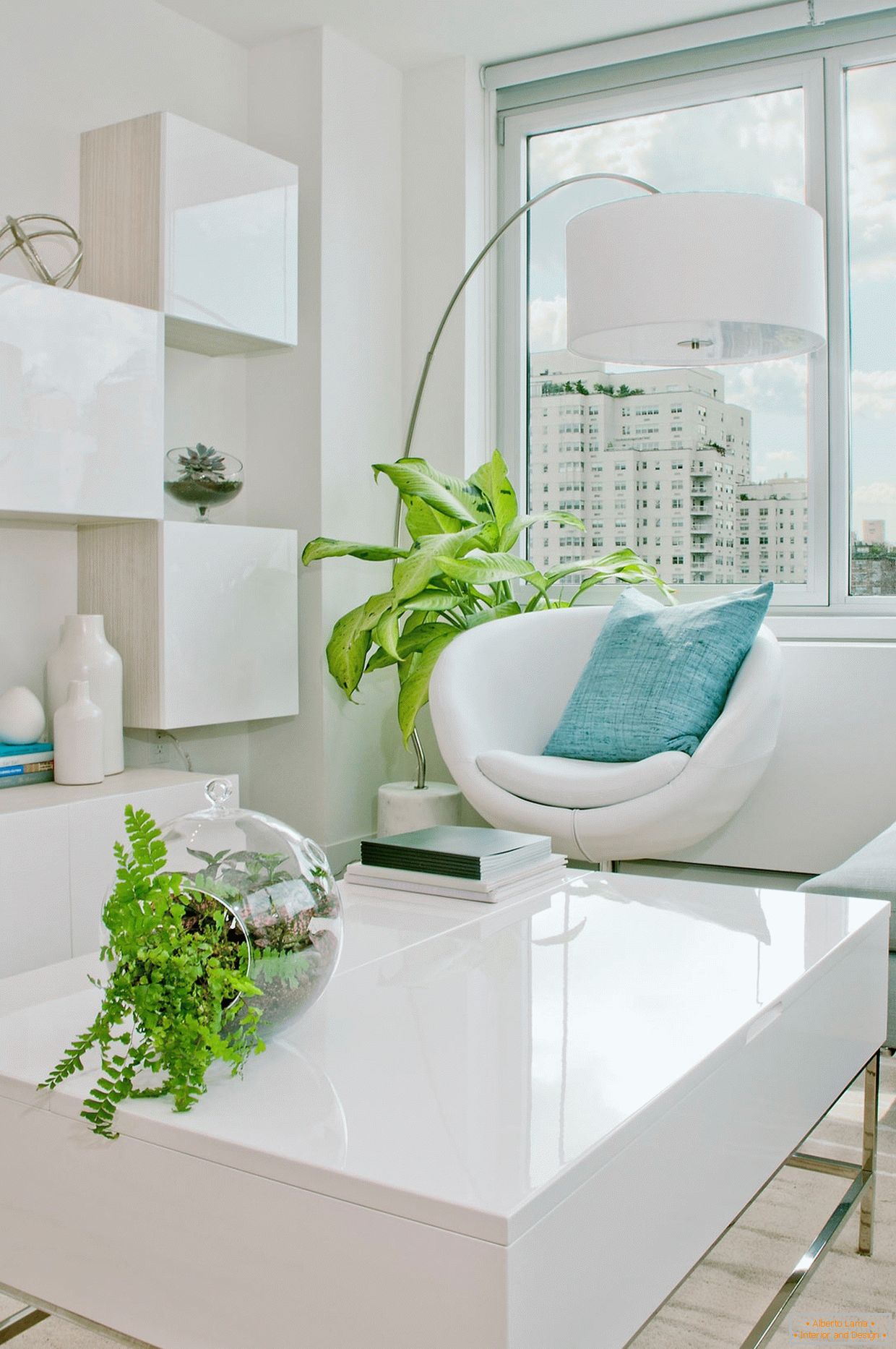
Dieffenbachia (an excellent plant for "beginners" who will live in your home for many years)
Watering: this plant likes abundant bright lighting and copious watering, especially during the summer months. The soil should be moist, but not wet. Between March and October, feed the soil with liquid fertilizer during watering. During the winter months, reduce the amount of water and do not use any fertilizer.
Succulent
Lighting: such plants should be spent about four hours a day under indirect or direct sunlight.
Watering: as a rule, you need to water when the top layer of the soil becomes dry. While watering, moisten the soil, but do not fill it with water. Most succulents require regular watering every 7-10 days.

Cacti
Lighting: they need about four hours of direct sunlight daily
Watering: as a rule, you need to water when the top layer of the soil becomes dry. While watering, moisten the soil, but do not fill it with water. Most cacti require regular watering once a week.
Winter months: during winter, the cactus requires very little water or can do without irrigation at all. It is perfectly suitable for moistening the soil every few weeks.
Sansevera (or Tseschin tongue, one of the most enduring plants)
Сансевьера предпочитает яркий солнечный свет и может прекрасно адаптироваться к прямому солнечному освещению. Перед каждым поливом, убедитесь в том, что почва хорошо высохла. Wateringайте реже в течение зимнего времени. Это растение предпочитает почву с хорошей фильтрующей способностью или песчаную почву.
Alocasia (this plant loves bright indirect sunlight)
Watering: keep the soil moist for the whole year. This plant is very fond of water. Spraying of leaves with water also does not interfere.
Soil: a loose mixture for domestic plants with good filter properties is suitable.
Fertilizer: require thorough fertilization, especially large varieties. Fertilize throughout the growth period.
Herbs
Lighting: bright indirect lighting.
Watering: once a week.
Violin Ficus
Lighting: indirect sunlight
Care: перед поливом убедитесь в том, что почва совершенно сухая. Wateringать нужно раз в 8-10 дней. Не лейте слишком много воды; пусть почва будет слегка влажной.
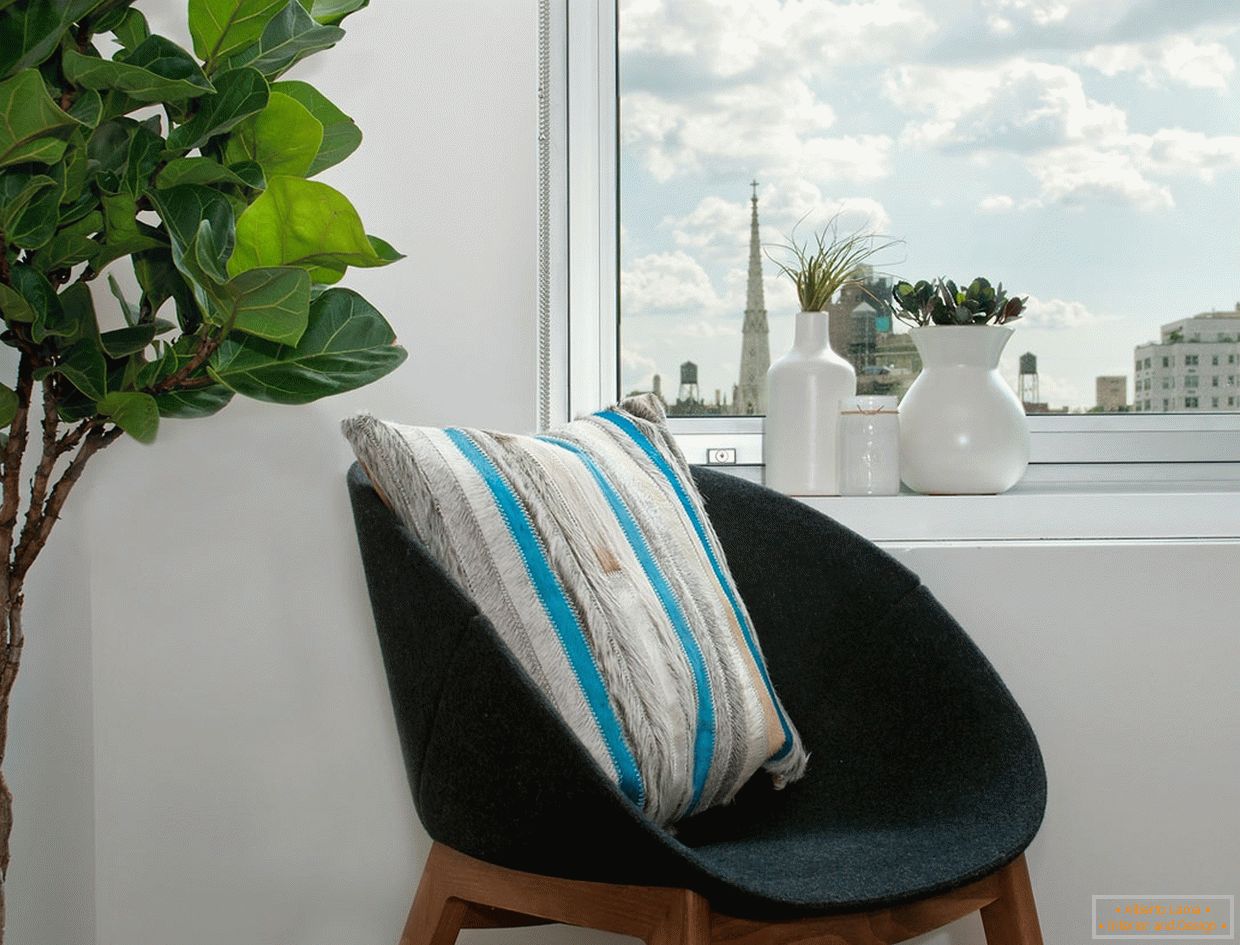
Black cabbage
Lighting: the plant requires bright lighting.
Watering: water once a week or as the soil dries.
Tilandia
Lighting: require bright, diffuse lighting
Watering: if the air is not too dry (as in an air-conditioned house), such plants can safely be treated by spraying with water and occasionally with unflooded watering.

